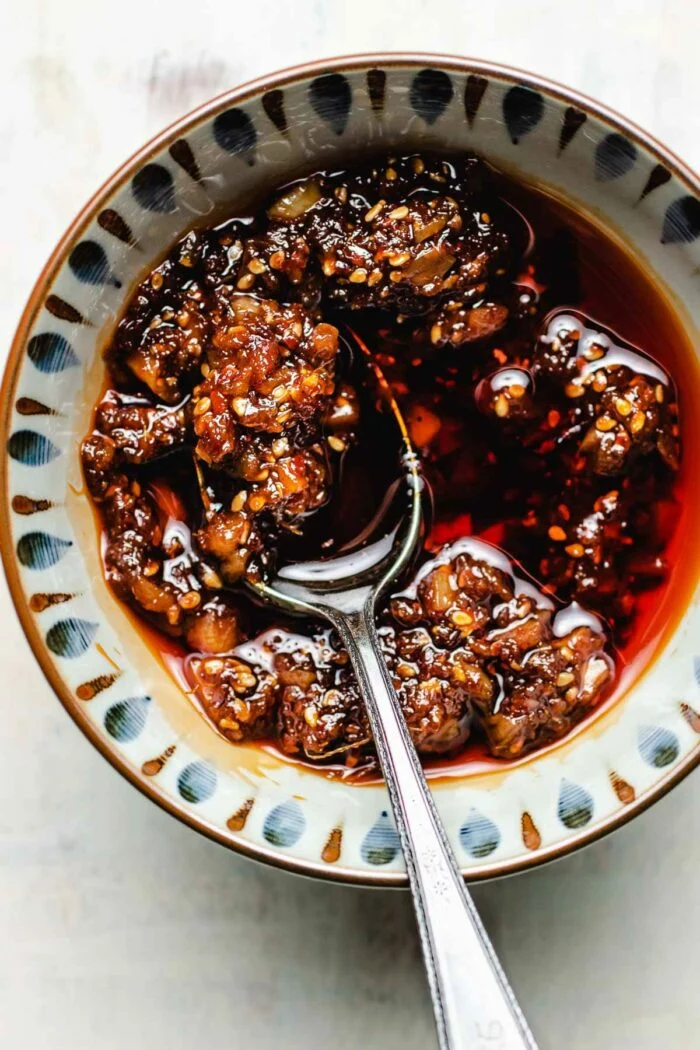- No. 268 Xianghe Street, Economic Development Zone of Xingtai city, Hebei 054001 China
- Byron@hbhongri.cn
Exploring the Rich Flavors and Cultural Significance of Smoked Paprika in Chinese Cuisine
The Allure of China Smoked Paprika Spice
In the vast and varied landscape of culinary spices, few can boast the unique appeal and versatility of smoked paprika. While often associated with Spanish cuisine, the incorporation of smoked paprika in Chinese cooking has begun to emerge as a fascinating trend, bridging the culinary worlds of East and West. This article explores the distinct qualities of smoked paprika, its potential applications in Chinese dishes, and why it deserves a place in the spice rack of every chef.
Understanding Smoked Paprika
Smoked paprika, also known as pimentón, is produced from dried, smoked peppers, typically of the Capsicum annuum variety. The peppers are harvested from the fields, sundried, and then carefully smoked over an oak fire to infuse them with a deep, complex flavor profile that is both sweet and slightly smoky. The process not only adds depth to the spice but also preserves the natural sweetness of the peppers, making it a multifaceted ingredient that can enhance a variety of dishes.
The Impact of Smoked Paprika on Chinese Cuisine
While traditional Chinese cuisine is known for its bold flavors, the addition of smoked paprika can introduce an intriguing twist. Its earthy undertones make it an excellent companion to staple ingredients in Chinese cooking, such as soy sauce, garlic, ginger, and scallions. For instance, adding smoked paprika to stir-fried dishes can elevate them by providing a smoky contrast to the fresh vegetables and proteins.
A simple yet delicious application can be seen in a smoked paprika and tofu stir-fry. By marinating tofu with soy sauce, garlic, and a pinch of smoked paprika, one can create a delightful dish that has both the foundational umami taste characteristic of Chinese food and the unique smokiness that defines paprika. This fusion not only tantalizes the taste buds but also captivates the senses, creating dishes that are visually appealing and rich in flavor.
china smoked paprika spice

Versatile Applications
Beyond stir-fries, smoked paprika can work wonders in various other Chinese culinary contexts. For instance, when creating dipping sauces, such as for dumplings or spring rolls, a sprinkle of smoked paprika can enhance the sauce with an additional layer of flavor. Similarly, in soups or hot pots— staples of Chinese dining—adding a tablespoon of smoked paprika can provide warmth and depth, enriching the overall broth.
Additionally, smoked paprika can be an excellent seasoning for grilled or roasted meats, such as chicken, pork, or duck. By creating a marinade that combines traditional Chinese flavors like five-spice powder with smoked paprika, chefs can create a dish that retains its cultural essence while allowing for innovative flavor pairings.
The Health Benefits
In recent years, the health benefits of smoked paprika have garnered attention among health-conscious consumers. Rich in antioxidants, vitamins A and E, and carotenoids, smoked paprika not only enhances the flavor of dishes but also contributes nutritional value. Its vibrant red color signals a wealth of phytonutrients, making it a valuable addition to a balanced diet.
Conclusion
China smoked paprika spice embodies the spirit of culinary exploration, encouraging chefs and home cooks alike to experiment with flavors and techniques. As the world becomes increasingly interconnected, the merging of Eastern and Western culinary traditions broadens our palate and introduces us to new dimensions of taste. The smoky, sweet allure of paprika, when incorporated thoughtfully into Chinese dishes, promises a culinary experience that delights the senses and sparks creativity. Whether you're a professional chef or an enthusiastic home cook, smoked paprika is a spice worth embracing.
-
Turmeric Rhizome Powder: A Golden Treasure from Roots to TableNewsJul.28,2025
-
The Versatile Application Of Crushed Red Hot Peppers: Lighting Up The Red Flames On The Dining TableNewsJul.28,2025
-
The Paprika: A Touch Of Vibrant Red In Color, Flavor, And CultureNewsJul.28,2025
-
Ground Turmeric: A Modern Examination of an Ancient SpiceNewsJul.28,2025
-
Capsicum Liquid Extract: Features, Applications, and ChallengesNewsJul.28,2025
-
Application of Capsicum Liquid Extract in FoodNewsJul.28,2025







